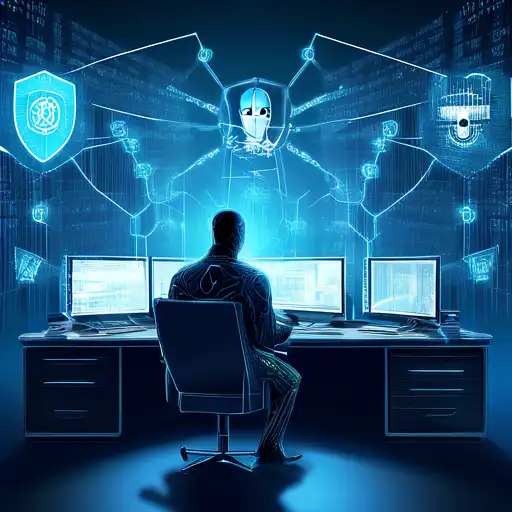Introduction to Cybersecurity in 2023
As we step into 2023, the digital landscape continues to evolve, bringing with it a new set of cybersecurity threats that individuals and organizations must be vigilant about. The increasing reliance on digital platforms for work, education, and social interaction has made cybersecurity a critical concern for everyone.
1. Ransomware Attacks on the Rise
Ransomware remains one of the most significant cybersecurity threats in 2023. Cybercriminals are becoming more sophisticated, targeting not just large corporations but also small businesses and individuals. The key to protection is regular data backups and educating employees about phishing scams.
2. Phishing Scams Get More Sophisticated
Phishing attacks have evolved beyond the easily recognizable fake emails. In 2023, expect to see more targeted attacks, including spear phishing and whaling, where attackers personalize their approach to trick their victims into giving up sensitive information.
3. The Threat of AI-Powered Cyber Attacks
Artificial intelligence is a double-edged sword. While it can enhance cybersecurity measures, it also gives cybercriminals the tools to launch more sophisticated attacks. AI can be used to automate attacks, making them faster and more effective.
4. IoT Devices: A Growing Target
The Internet of Things (IoT) continues to expand, with more devices connected to the internet than ever before. However, many of these devices lack robust security measures, making them easy targets for cybercriminals looking to infiltrate networks.
5. Cloud Security Vulnerabilities
As more organizations move to the cloud, security vulnerabilities in cloud services are becoming a prime target for attackers. Ensuring that cloud storage and services are properly secured is essential to protect sensitive data.
How to Protect Yourself and Your Organization
Staying ahead of cybersecurity threats requires a proactive approach. Here are some steps you can take:
- Regularly update software and systems to patch vulnerabilities.
- Use strong, unique passwords and consider using a password manager.
- Implement multi-factor authentication wherever possible.
- Educate yourself and your team about the latest cybersecurity threats and how to avoid them.
- Invest in reputable cybersecurity software and services.
For more information on protecting your digital life, check out our guide on digital safety tips.
Conclusion
The cybersecurity landscape in 2023 is fraught with challenges, but by staying informed and taking proactive measures, individuals and organizations can significantly reduce their risk of falling victim to cyber attacks. Remember, cybersecurity is not just a technical issue but a fundamental aspect of our digital lives.
